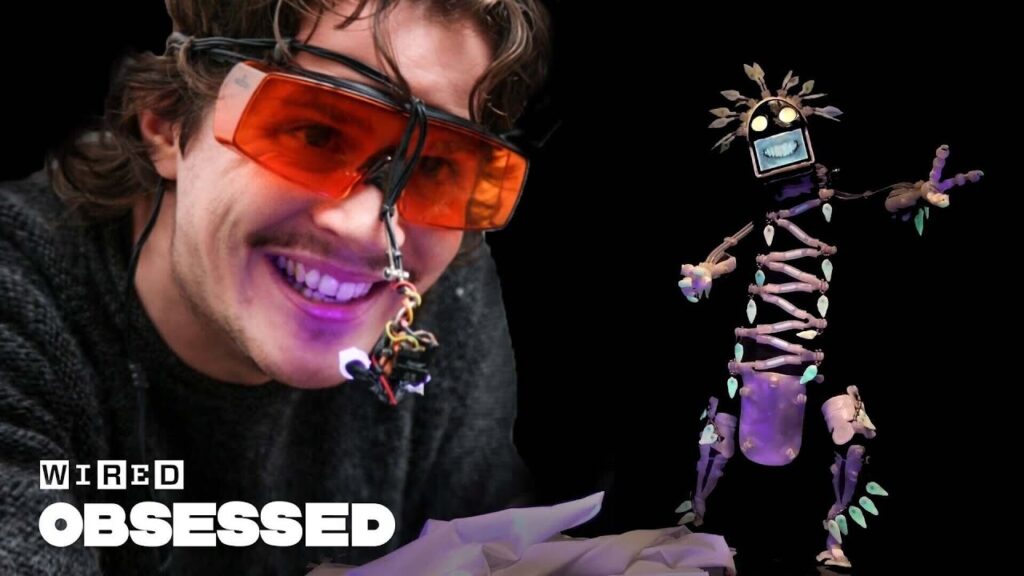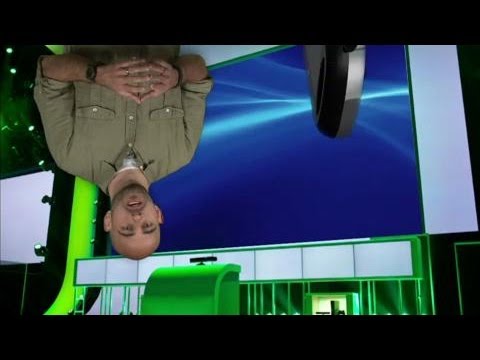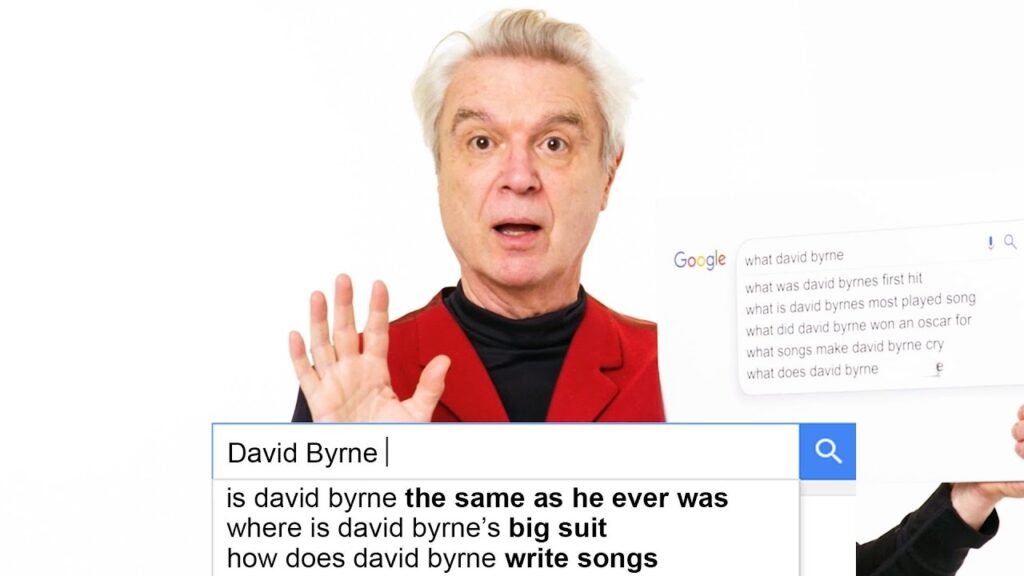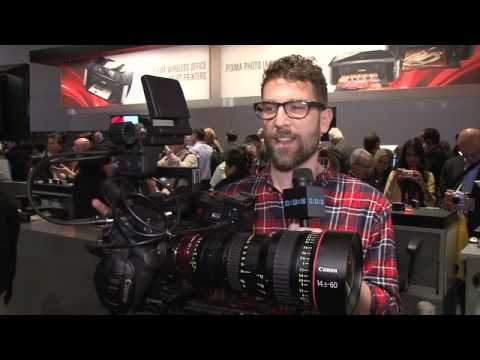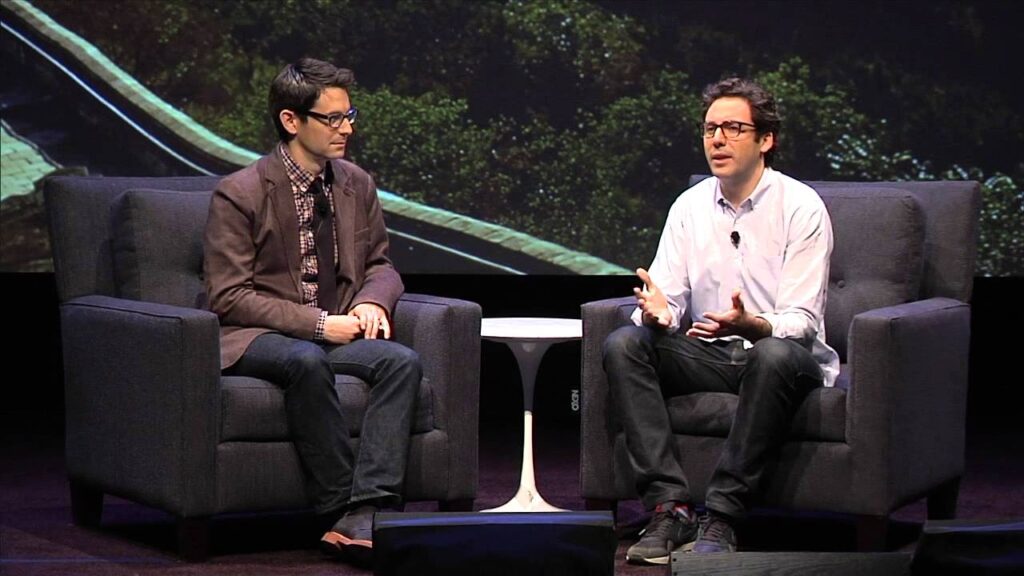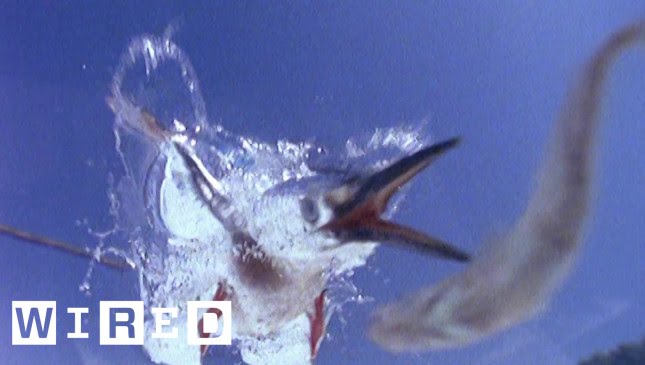Deadpool’s Colossus: A Behind-the-Scenes Look at the Visual Effects
Summary
In this article, we take a behind-the-scenes look at the visual effects of the metallic X-Men character, Colossus, in the film Deadpool. We explore the collaborative effort that went into capturing the motion and facial animation of the character, including the use of motion capture, separate performers, and Digital Domain’s proprietary Mova rig and Direct Drive system. We also delve into the challenges of maintaining the deliberately solid metallic look of Colossus in animated action sequences and how Digital Domain overcame them with their Live Texturing technology.
Table of Contents
- Collaborative Effort in Visual Effects
- Motion Capture and Separate Performers
- Digital Domain’s Mova Rig and Direct Drive System
- Overcoming Challenges with Live Texturing
- Conclusion
Collaborative Effort in Visual Effects
Deadpool’s director, Tim Miller, is a founder of Blu, an animation and effects house, so it’s no surprise that the film delivers some loud and in-your-face visual effects. One of the most interesting characters is Colossus, a metallic X-Men character primarily done by Digital Domain. The film’s visual effects demonstrate the collaborative effort that goes into creating a character like Colossus.
Motion Capture and Separate Performers
To capture the motion of Colossus, a motion capture studio session was done, but there was also a separate 6-foot, 9-inch performer filmed on location in a classic grey tracking suit. However, he still wasn’t tall enough and had to wear either platform shoes or an extra headpiece for height. Colossus’ face was modeled on a third performer, with a much more chiseled jawline. A fourth performer then redid all of the dialogue lines, but the actual facial animation of those lines was delivered by Digital Domain’s Greg LaSalle, who was filmed using their proprietary Mova rig.
Digital Domain’s Mova Rig and Direct Drive System
Digital Domain’s Mova rig works using ultraviolet light to pick up special spattered paint, which produces incredibly accurate facial models. However, those are incredibly accurate facial models of Greg, who doesn’t look anything like Colossus. So Digital Domain has to then re-target this performance to the metallic facial model. For this, Digital Domain uses their new Direct Drive system, which allows Greg’s performance to drive the CG face while still maintaining high-frequency subtle movement.
Overcoming Challenges with Live Texturing
The animators faced challenges in maintaining the deliberately solid metallic look of Colossus in animated action sequences. Colossus has metal ridges and lines which are intended to be even and perfectly straight, which is impossible to maintain in an animated action sequence like Deadpool. Digital Domain invented something new called Live Texturing, which allowed them to adjust the metal work just right, no matter how he moved in any particular sequence.
Conclusion
The visual effects of Colossus in Deadpool demonstrate the collaborative effort that goes into creating a character that looks and moves realistically. Digital Domain’s proprietary Mova rig and Direct Drive system, as well as their Live Texturing technology, were crucial in capturing the motion and maintaining the solid metallic look of Colossus. The result is a visually stunning character that adds to the overall impact of the film.

